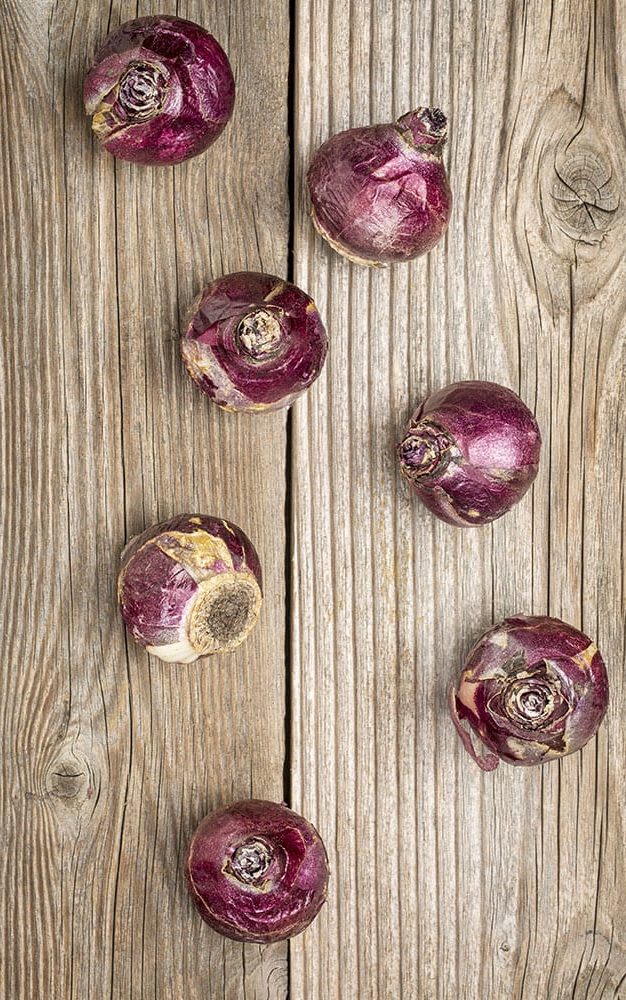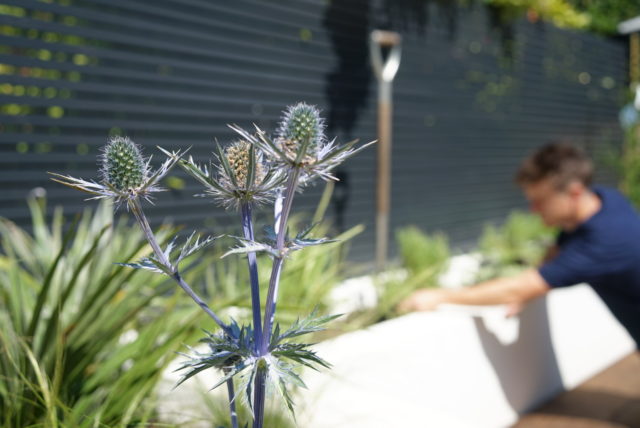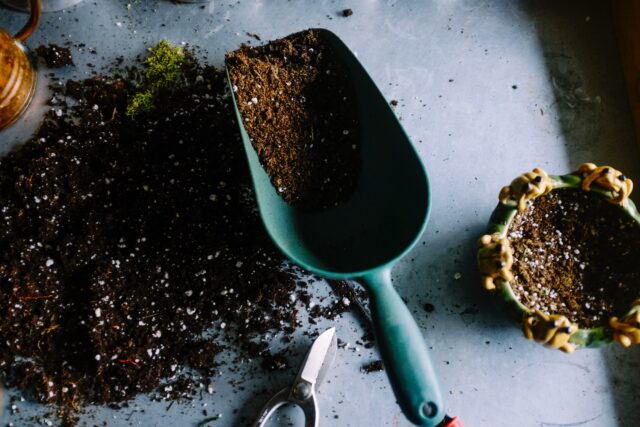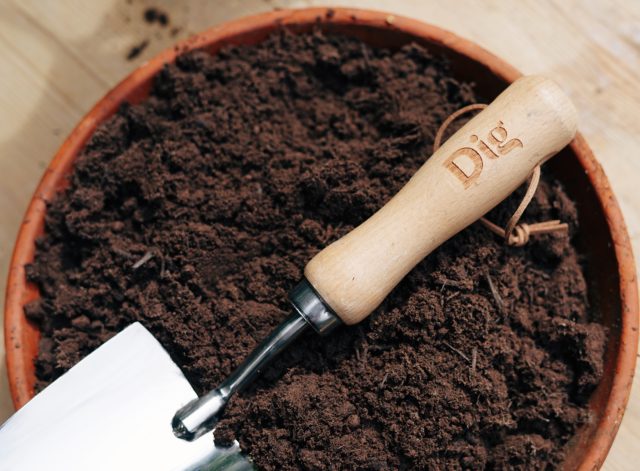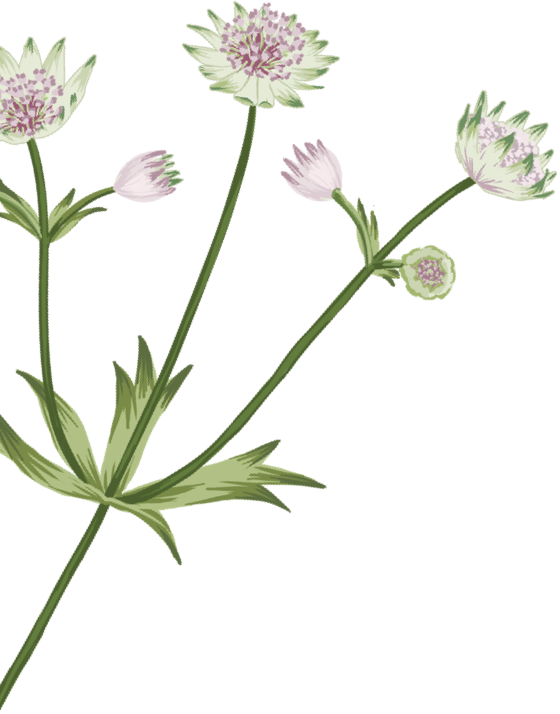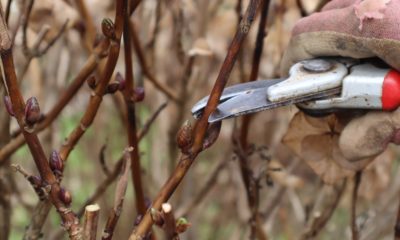
Hydrangea pruning, just above new buds
Cut down faded perennials (unless leaving for winter seedheads) that look tired and spent, then mulch the surrounding soil with compost.
If you’re thinking of planting bare-root hedging, roses and trees and shrubs make sure to do this before the weather turns too cold! It’s good to get them in the ground before the first frost.
What is bare-root hedging? Bare-root hedging are plants often used for hedging which go dormant in winter and can therefore be removed of their soil.
Collect fallen leaves and place in lidded containers such as a plastic crate, and leave to decompose into leaf mould. Drill a few holes into the lid of the crate before starting, and block up the holes. Fill ¾ full with leaves and allow to sit for a few days before removing the hole blocks to allow the contents to breath. Leave for a year and you’ll have valuable leaf mould for feeding your plants, compost, potting mix and mulch next year!
Why is leafmould so valuable? Well when trees take up minerals from deep in the subsoil via their roots, when they shed their leaves they release some of these minerals. So collecting leaves and creating leaf mould is a way to collect and retain the minerals they contain.
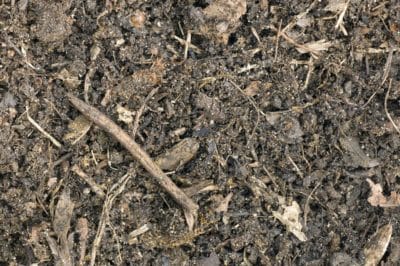
Leafmould after one year of breakdown (two years is even better if you have the patience!)
Look after garden wildlife as winter approaches. You can do this by providing shelter and food. To read more about how to prepare your garden for winter wildlife, check out our other blog post here.
Prune free-standing apple and pear trees once dormant to control their size and encourage fruiting.
This time of year is your last chance to carry out any lawn care like feeding and aerating. Aerating involves poking small, long holes into the ground in order to provide the lawn with good air circulation and improve the grassroots water and nutrient consumption. We recommend a trusty garden fork for this.
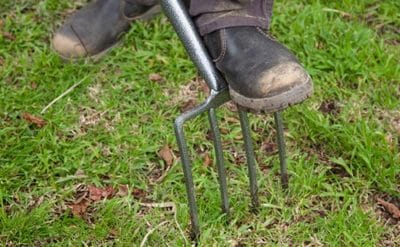
Garden forks are perfect tools for aerating lawns
Autumn is all about planting bulbs and now is more or less your last chance to do so before it gets too cold. From tulips, to daffodils, to hyacinths, and many more – get them in the ground now to enjoy countless additional blooms next spring. It’s a good idea, when choosing bulbs, to look at the back of the packets to choose a variety of complimentary colours and also to choose bulbs that will emerge at different times in the spring to give you continued enjoyment.
Now is also a great time, with flowering and growth coming to an end to collect any structural plant material such as seedheads and hydrangea flowers to use in indoor flower displays. Collecting any stems that are showing berries is also a great addition to an indoor display.
